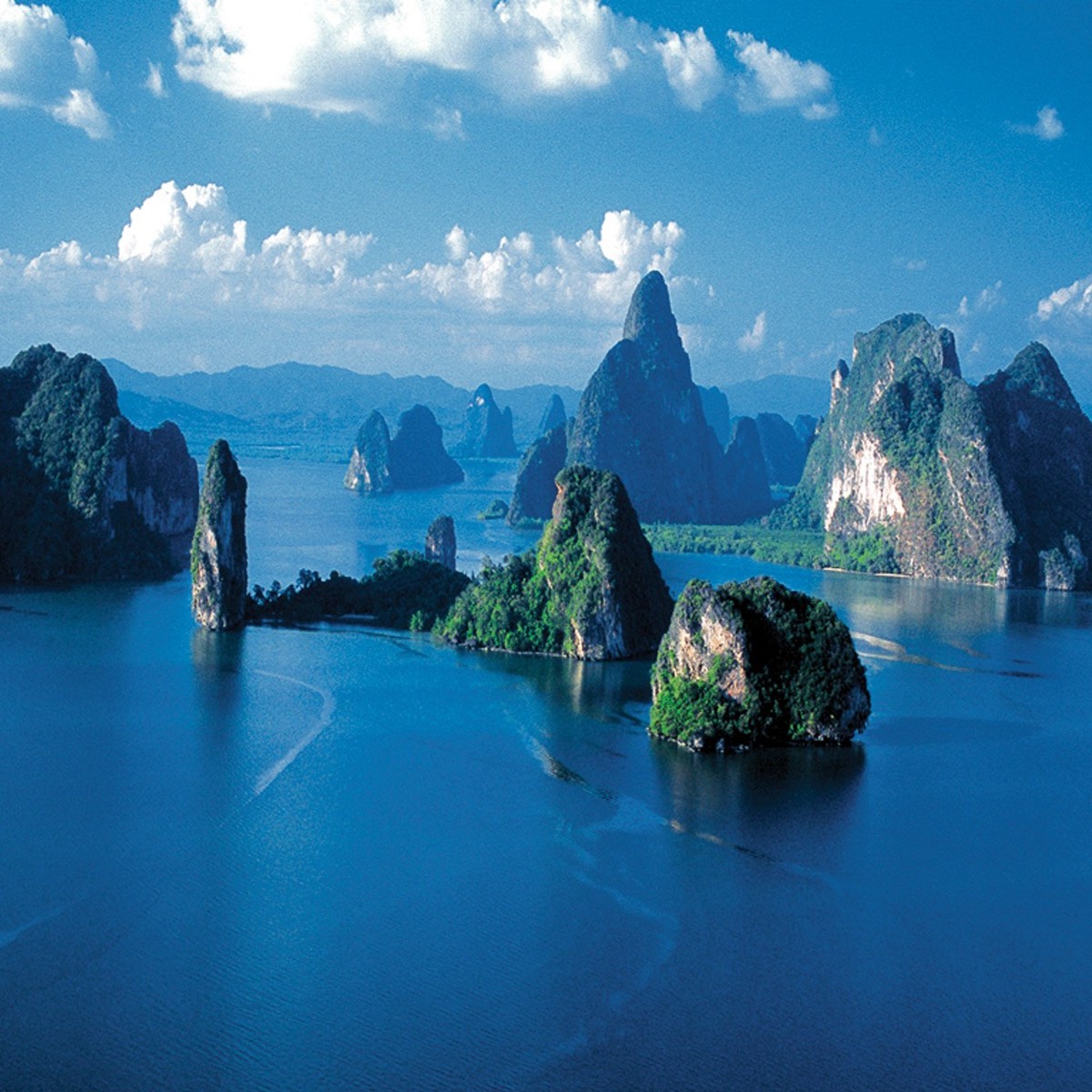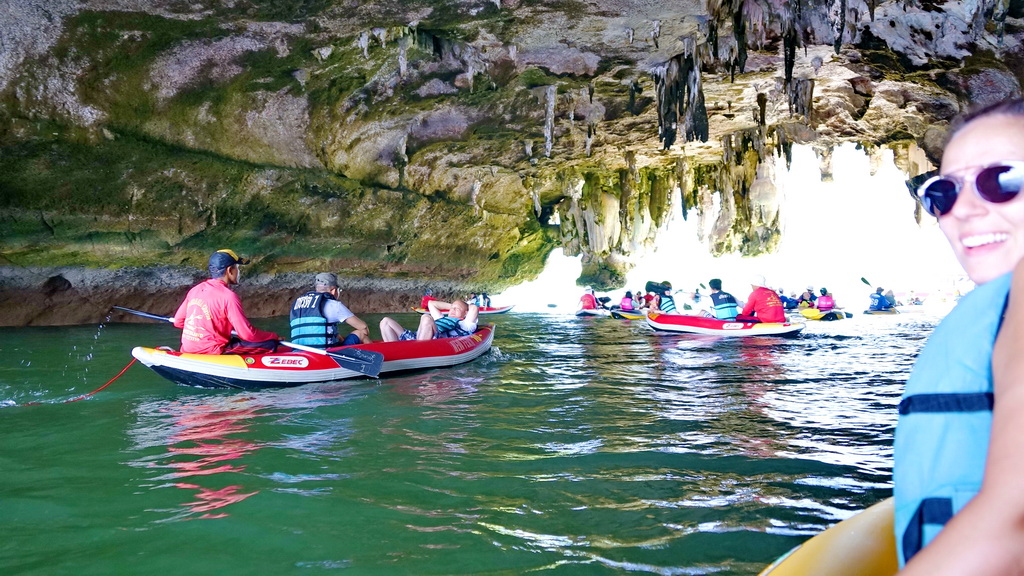
Phang Nga is one of the must see areas whilst in Phuket. Its location is in the marine national park, a breathtaking scene of around 40 + “Karst” Islands that extend straight out from the quiet green waters. A really superb scene to behold with shrouded hollow caves, tidal ponds and unlimited mangroves channels to make exploration of.
Heaps of wildlife to pay special attention to incorporating monkeys, monitor lizards, the uncommon hornbill, kingfisher birds, the not all that lovely “fish out of water” mudskippers and many more.
Phang Nga excursion is completely different from the Phi Phi Islands. This is the reason numerous visitors do both, however in the event that you can just do one, this is a decent decision. This is particularly predominant amid the monsoon as it is located in a shielded bay, in this way it is not subject to the expansive ocean swells that are found on the intersection to the Phi.
In any case, here we need to let you know more about inlet arrangement from logical perspective than rather examining different excursions from Phuket Island. Yes, science exhausted a hefty portion of us in school-it wasn’t taught rightly. Disregard all that! Read on! And set yourself up for your next adventure in Phang Nga Bay! This short data will make your excursion there a way more fascinating!

Limestone karst furnishes Phang Nga bays its complex magnificence. Furthermore, anything this excellent is constantly complicated. The principal critical geology happened around 300 million years prior to when South East Asia was the biggest coral reef ever. Clearly framed under the ocean, the bow shaped reef kept running from Bali and Borneo north off Australia and floated past Thailand, making mind boggling weights that undulated the scene into giant edges running North and South. The greatest edge turned into the Isthmus of Kra (Malay Promontory), one of the World’s Fantastic “land bridges” utilized by wildlife to relocate through the distance to Bali and Borneo.

The islands of Phang Nga bay began submerged life million of years back as a feature of the biggest coral reef. The coral developed and died framing a store of CALCITE or CALCIUM CARBONATE many meters thick. This shaped the premise of Limestone.
75 million years ago, the limestone was pushed upwards from the ocean bed by the weight of the developments of the worlds plates. This is a comparable impact to the development of mountains. The islands we behold have been molded by the impacts of wind, downpour, undulation and current activity in the course of the last 75 million years.
With its conception in coral, limestone is britle. You see incalculable splits or openings in the stone made by weight. Limestone is regularly abundant in fossils, you may discover sections from the hard parts of marine creatures and plants, It’s downpour water that makes the strange karst that draws in individuals to Phang Nga Bay. Indeed, even in the dry season, water dribbles down inside the cave in an endless procedure that eats away the islands (acidic downpour water disintegrates calcium carbonate). Overwhelming precipitation makes karst, so these peculiar shapes are normally found in the Tropics. The blend of raised reef limestone up in a tropical storm area makes this locale incredible karst.
The procedure that breaks up particles in the water that streams down through the island is called “Percolation” – in the same path as permeating water pass through espresso blend. Clear water gets the espresso particles as it runs through the grounds, and trickles cocoa shaded espresso into the pot.
Phang Nga’s islands are carved by the corresponding permeation procedures. The water “on top of the islands is somewhat acidic (it incorporates carbonic corrosive), furthermore helped by acids in rotting vegetation on top of the islands. Since limestone and seawater are both basic, permeation erodes the stone quicker that the seawater. With gravity on its side, water discovers splits (deficiencies) in the stones and fills them. The Hydrogen potential difference (acidic/basic) erodes the stone, gradually dissolving particles into the water. This expands the breaks until they gain their path totally down through the rock to ocean level, the water table in little limestone islands. These breaks amplify into evacuation tubes which get to become caves!
A hefty portion of the limestone islands in Phang Nga incorporate caverns. Some of these cavern frameworks have crumpled to shape a component the Thais call ‘hongs’, the Thai word for room. These are crumpled cave frameworks that are currently open-air rooms inside of the island, frequently containing little tidal ponds, in some cases, avoided everybody stunning shorelines! Koh Hong and Koh Panak are two fantastic cases of such components.
There is a cavern in Koh Panak that must be gotten to at low tide that leads you into the hong in the focal point of the island. You require a light to traverse and keep your head low for the 80-meter oar through the cave stream. At the point when you enter back into the light in the frontal point of the island you may feel that you are in a different universe now, who knows perhaps you are!



